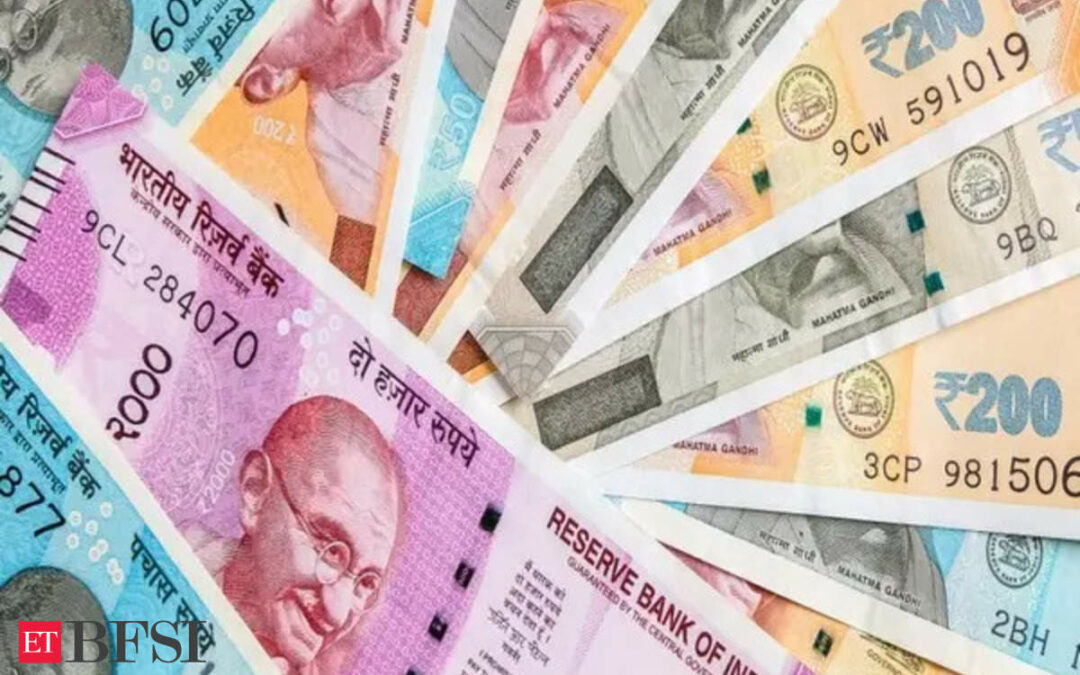India’s fiscal deficit for the first half of this fiscal year through September stood at 4.75 lakh crore rupees, or 29.4% of annual estimates, government data showed today.
The fiscal deficit widened from 39.3% reported in the comparable year-earlier period.
Total receipts stood at 16.37 lakh crore rupees, while overall expenditure in April to September was at 21.11 lakh crore rupees. They were 51% and 43.8% of this fiscal year’s budget target.
Total receipts in the year-earlier period was at 52.2% of estimate, while expenditure narrowed from 49% a year earlier.
Revenue receipts stood at 16.22 lakh crore rupees, of which tax revenue was 12.65 lakh crore rupees and non-tax revenue was 3.57 lakh crore rupees.
Tax and non-tax revenues were 49% and 65.5% of the budgeted estimate. While tax revenue was narrower than 49.8% of budget estimate in the last fiscal year, non-tax revenue swelled from 78.5% of budget forecast in the same period last year.
Non-tax revenue jumped as the Reserve Bank of India transferred Rs 2.11 lakh crore as surplus to the central government. The dividend payout is more than double the amount budgeted from the central bank and state-run lenders.
Revenue deficit was at 74,155 crore rupees or 12% of the fiscal year’s budget target, data showed. Revenue deficit narrowed from 26.6% last year.
On the expenditure side, New Delhi spent about 2.15 lakh crore rupees on major subsidies such as food, fertilisers and petroleum. This was 56% of the annual aim, tad wider than 55% of budgeted expenditure in the comparable period last year.
While announcing the federal budget for this fiscal year that started April 1, Finance Minister Nirmala Sitharaman revised the fiscal gap aim down to 4.9%, well below the 5.1% budget gap pegged in the Interim budget. Sitharaman also pegged the fiscal deficit target at 5.1% for the next fiscal year.
In the Budget, the government stuck to its fiscal consolidation roadmap even as coalition parties demanded more funds from the Modi government and the middle class urged for tax relief measures.
The lower fiscal deficit target for 2025-26 was expected on hopes of strong tax collections, despite the government’s continued capex push that is crucial to shore up consumption and create jobs and help India achieve its aim to be world’s third largest economy by 2030.










